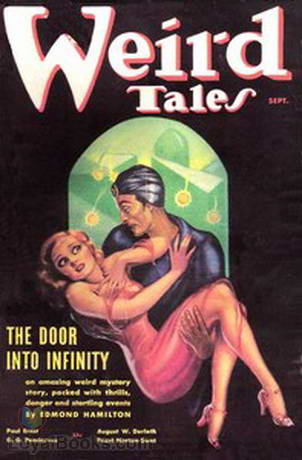The Diary of Philip Westerly By: Paul Compton |
|---|

In his captivating novel, Paul Compton takes readers on a poignant journey through time as he explores the emotional depths of a young man's life in The Diary of Philip Westerly. Through the use of diary entries, Compton brings to life the trials and tribulations faced by his protagonist, creating an immersive experience for readers.
Set in the early 20th century, the story follows Philip Westerly, a promising writer struggling to find his place in the world. As an aspiring novelist myself, I found it easy to connect with Philip's passion for literature and his deep desire to leave a mark on the literary scene. Compton's careful attention to detail in describing Philip's writing process, as well as his love for classic literature, truly captured the essence of a young artist's inner struggle.
What sets The Diary of Philip Westerly apart from other coming-of-age novels is Compton's innovative choice to use diary entries as the primary narrative device. This allows readers to intimately delve into Philip's thoughts, hopes, fears, and aspirations. As the diary unfolds, we witness him grow from an uncertain and idealistic young man into a more mature and self-assured individual. Compton's skillful portrayal of this transformation is both believable and heartwarming.
One commendable aspect of Compton's storytelling is his ability to showcase the social and cultural mores of the era. Through Philip's diary, we are transported back in time, experiencing the societal expectations and limitations placed upon individuals, particularly women. Compton successfully intertwines historical context with the personal struggles of his characters, shedding light on the complexities of relationships and societal norms during that period.
While some readers may find the diary format a hindrance to plot development, I believe that it enhances the story's emotional depth. We become privy to Philip's most intimate thoughts and feelings, forging a strong bond with him as he navigates his way through life, love, and self-discovery. By the end of the book, it is impossible not to feel a profound empathy for Philip and his journey.
Compton's writing style is engaging and evocative, reflecting the essence of the time period while remaining accessible to contemporary readers. His descriptive prose effortlessly paints vivid imagery, enabling us to envision the bustling streets, elegant parlors, and picturesque countryside that Philip encounters throughout his diary entries. This attention to detail adds a layer of authenticity, enriching the overall reading experience.
In conclusion, The Diary of Philip Westerly is a captivating novel that combines historical fiction, coming-of-age, and introspection into a seamless narrative. Paul Compton's use of the diary format immerses readers in the protagonist's experiences, offering a poignant glimpse into a young man's journey towards self-discovery. Whether you are a fan of historical fiction, appreciate literary themes, or simply enjoy a well-crafted story, this book is sure to resonate with you on a profound level. This etext was produced from Weird Tales August September 1936. Extensive research did not uncover any evidence that the U.S. copyright on this publication was renewed. The Diary of Philip Westerly By PAUL COMPTON A strange, brief tale of the terrible fear inspired by a man's horrendous reflection in a mirror It has been ten years since my uncle, Philip Westerly, disappeared. Many theories have been advanced as to why and how he vanished so strangely and so completely. Many have wondered why a man should vanish and leave nothing behind him but a smashed mirror. But none of these theories or wild imaginings are half so fantastic as the story I gathered from the diary which some whim prompted him to keep. But first a word about Philip Westerly. He was a wealthy man, and also a cruel, selfish man. His wealth was attributed to this same cruelty and selfishness. He also had many whims. One of them was keeping a diary. Another was his love for mirrors. He was handsome in a cruel sort of way and almost effeminate in his liking to stand before them and admire himself. This eccentricity was borne out by the fact that covering one whole side of his room was a mirror of gigantic size the same mirror that is linked with his disappearance... Continue reading book >>
|
| eBook Downloads | |
|---|---|
|
ePUB eBook • iBooks for iPhone and iPad • Nook • Sony Reader |
Kindle eBook • Mobi file format for Kindle |
|
Read eBook • Load eBook in browser |
Text File eBook • Computers • Windows • Mac |
| Review this book |
|---|